
Goldman Sachs' Expectations: Share Buyback Aristocrats

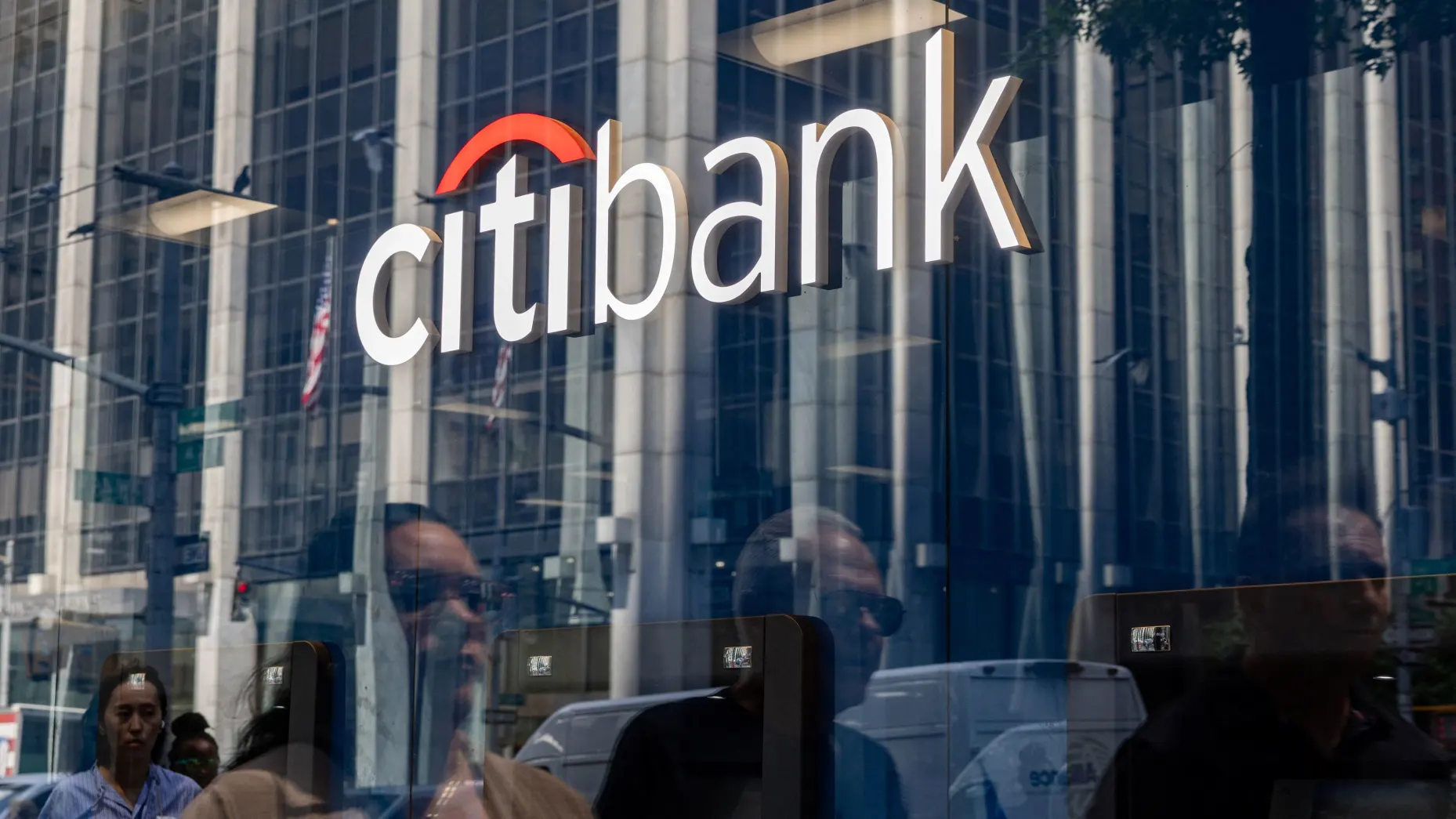
Attention to Share Buyback Aristocrats from Goldman Sachs!
Goldman Sachs indicates that companies that engage in share buybacks, referred to as "buyback aristocrats," have outperformed the broader market. U.S. equity strategist David Kostin states that these companies have offered significant value to investors by reducing their share counts by 1% or more annually in at least nine of the last ten years.
Showing Themselves with Monthly Performances
Kostin emphasizes that a restructured and evenly weighted Buyback Aristocrats portfolio has outperformed the equal-weighted S&P 500 by an average of 3 percentage points annually since 2012 and by 4 percentage points year-to-date. This situation elevates investors' attention in their quest for solid returns in stocks.
Investment Patterns Are Changing
Like dividends, share buybacks emerge as a return of profits that companies provide to their shareholders. However, in recent years, buybacks have become more prevalent than dividends. Nevertheless, Goldman’s strategist Kostin argues that the increasing capital expenditures driven by artificial intelligence investments have changed this situation following the high buyback levels of 2021 and 2022.
Expectations for 2026
Kostin forecasts an 11% growth in cash expenditures of S&P 500 companies in 2026 due to increased capital expenditures related to artificial intelligence and improving macroeconomic conditions. According to estimates, 50% of these expenditures will be allocated to capital expenditures and research-development activities, 43% to buybacks and dividends, and the remaining 7% to cash mergers and acquisitions.
Year-End Buybacks May Increase
Goldman believes that with the end of the blackout period in 2023, companies may resume buybacks aggressively. There are hopes that approximately 40% will strive to meet their year-end targets. Kostin notes that we will already see more activity on the table in the fourth quarter.
Buyback Aristocrats to Consider
- Molson Coors Beverage (TAP)
- EPAM (EPAM)
- CF Industries (CF)
- Expedia Group (EXPE)
- HCA Healthcare (HCA)
More information on these buyback aristocrats, which attract investors' attention, can provide important insights for portfolio diversification.
Benzer Haberler
.png)
Yakında Tüm Platformlarda
Sizlere kesintisiz haber ve analizi en hızlı şekilde ulaştırmak için. Yakında tüm platformlarda...

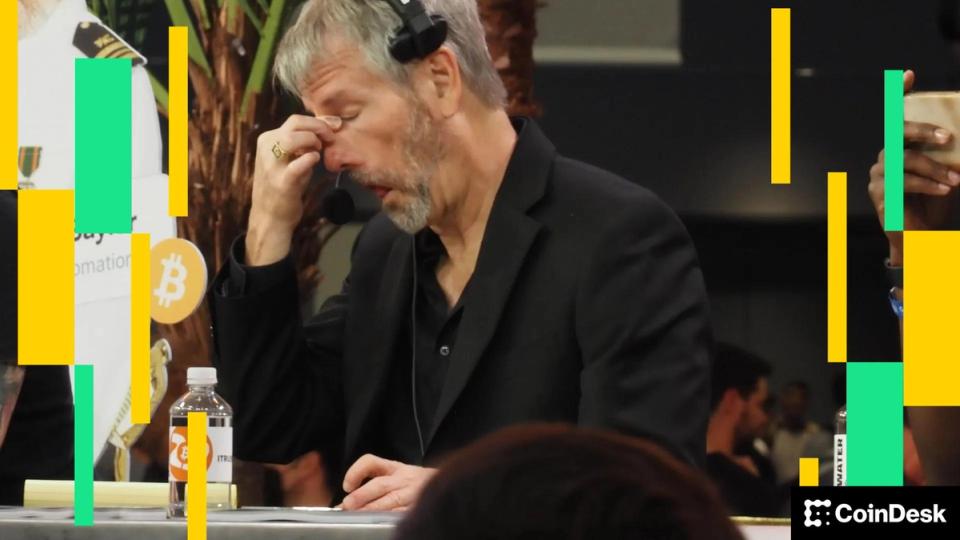

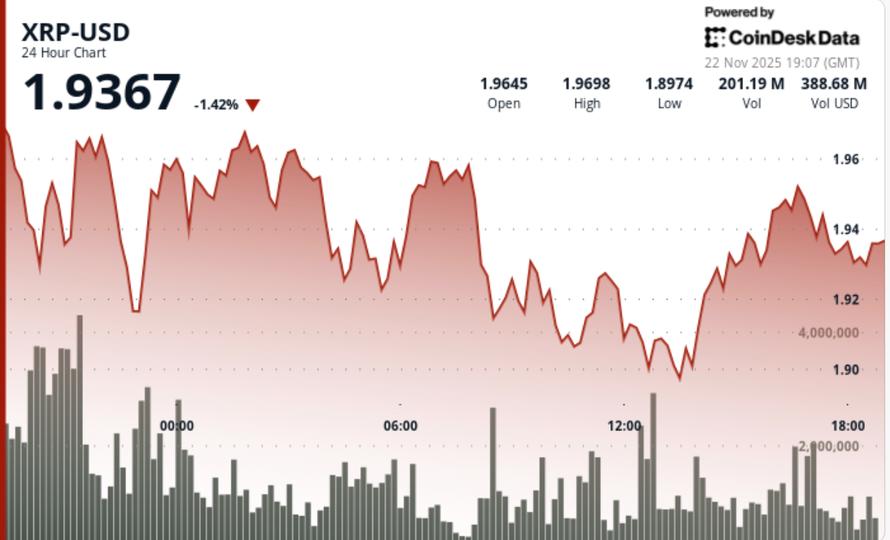



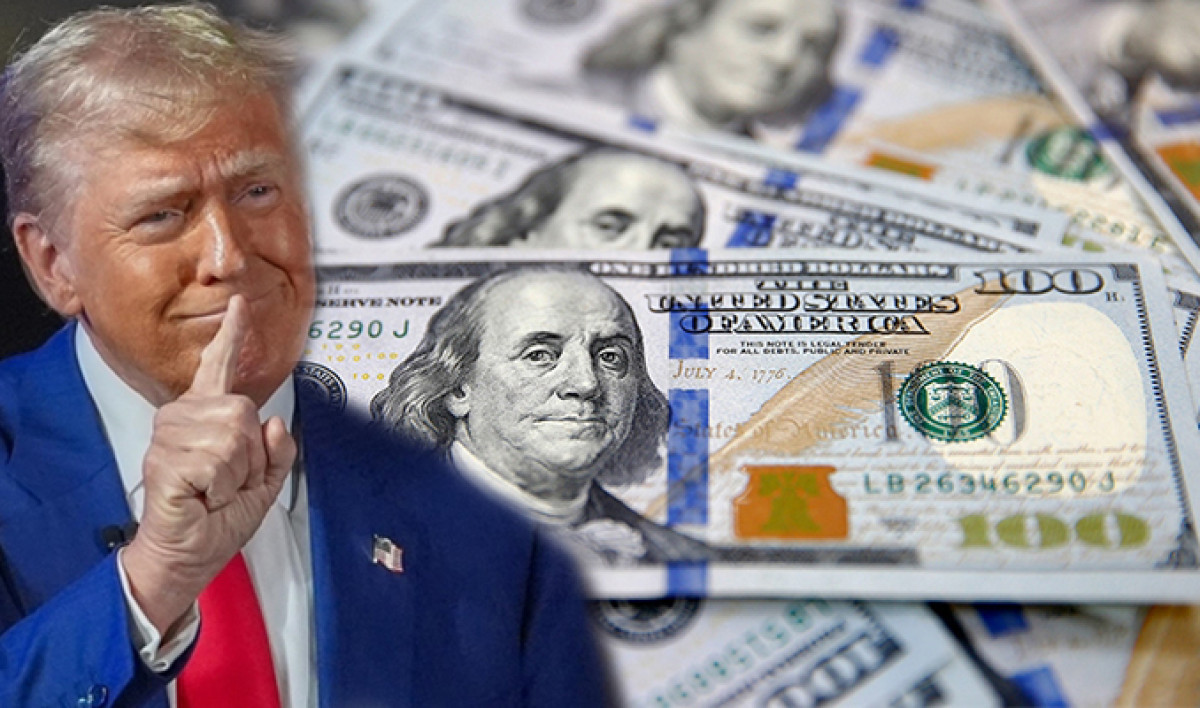
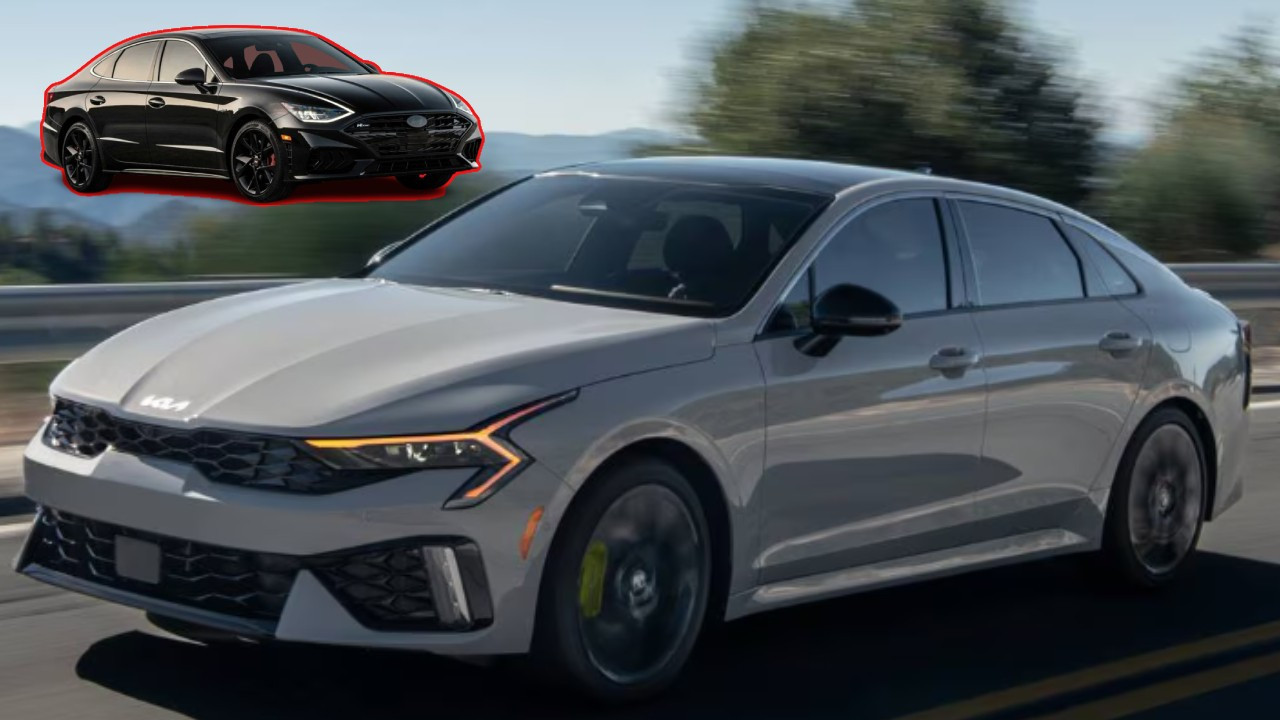
.png)